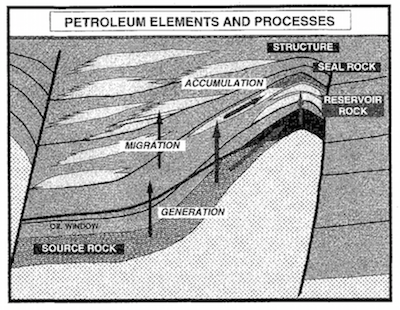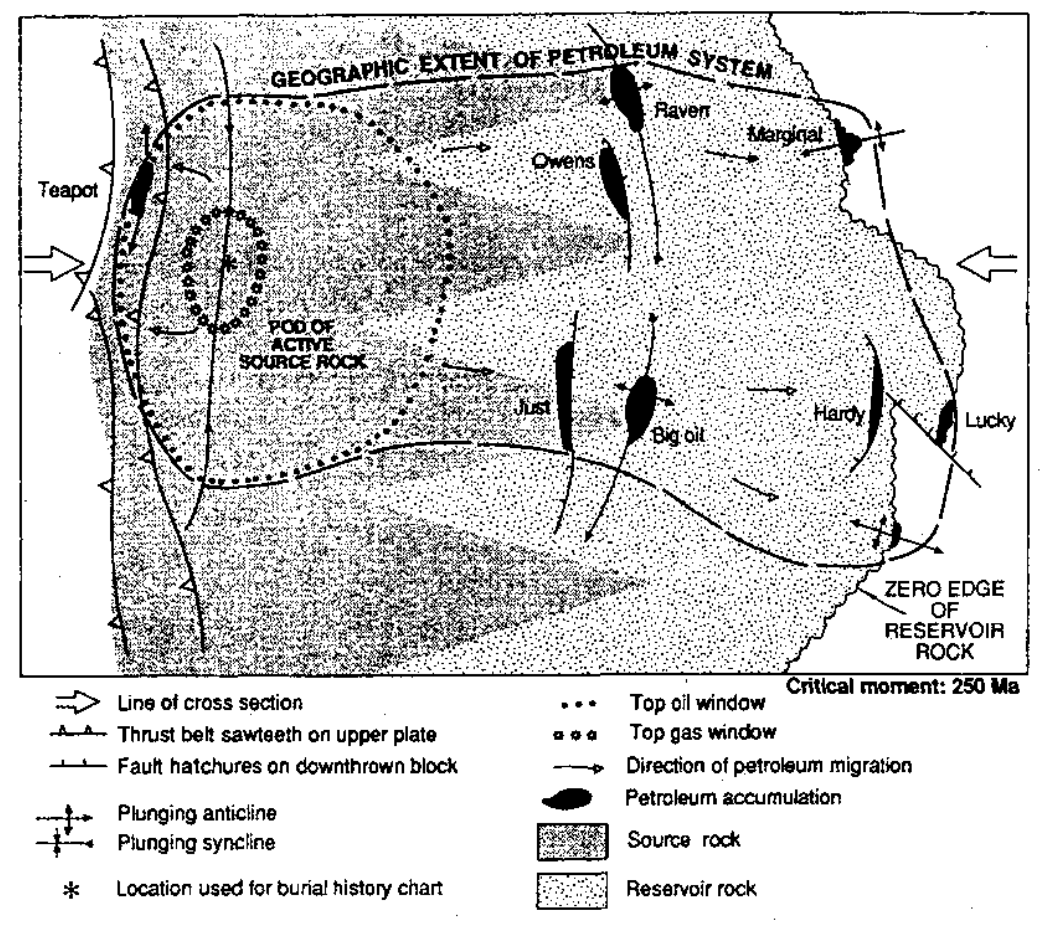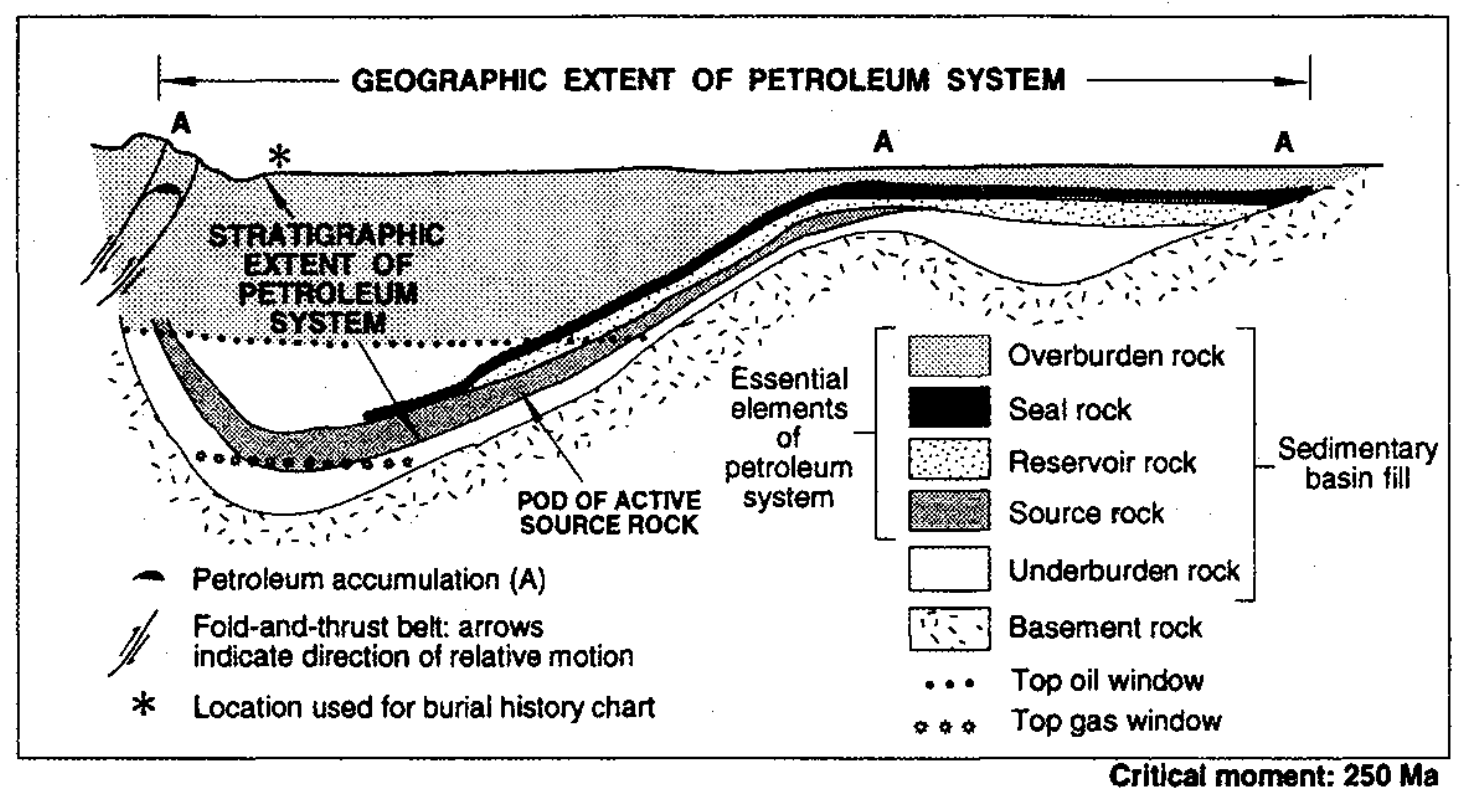SIGMA-2D
The petroleum system is defined by Magoon and Dow (1994) as a natural system which includes all geological and geochemical elements and processes essential to oil and gas accumulation. The concept itself is not new, but they reviewed and introduced a simple method to evaluate the petroleum systems.
Basin modeling is one of computer simulation techniques which model generation, migration and accumulation of oil and gas in a sedimentary basin. In this paper, the emphasis is focused on that multi-dimensional basin modeling is one of the best techniques to evaluate the petroleum systems, since it can integrate many processes with quantitative evaluation on the history of sedimentary basins. Explorationists generally have several hypotheses or scenarios by the evaluation of present data. The artificial experiment by basin modeling can be compared with these hypotheses. Since each module forming whole basin modeling package is developed by the physical and chemical knowledge, basin modeling can give the constraint and reality on these hypotheses and hence reduce exploration risk. SIGMA-2D is a two-dimensional and three-phase fluid flow basin model developed by
JNOC/TRC. The applications by SIGMA-2D to actual basins indicated that SIGMA-2D enables users to understand the petroleum systems very well. Once the users can understand the processes of the petroleum systems, unconventional plays and prospects will be easily identified. However, it should be kept in mind that quality, accuracy and reality of the simulations depend not only on the model itself, but also on the parameters for equations and input data.



















